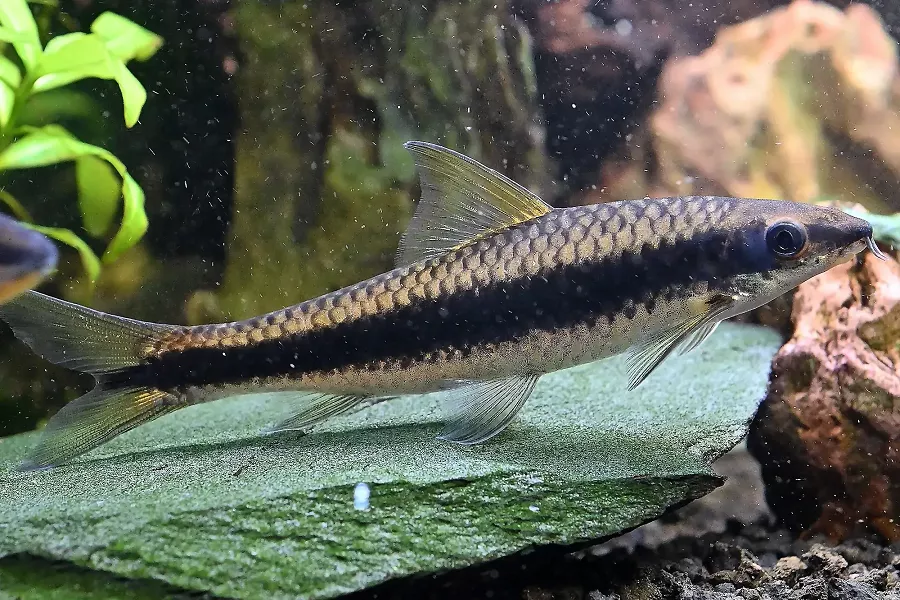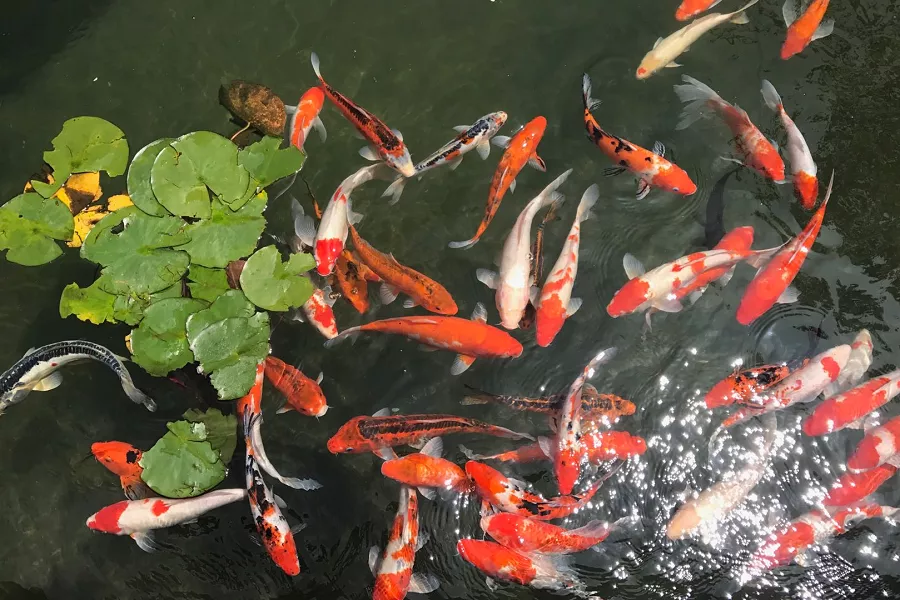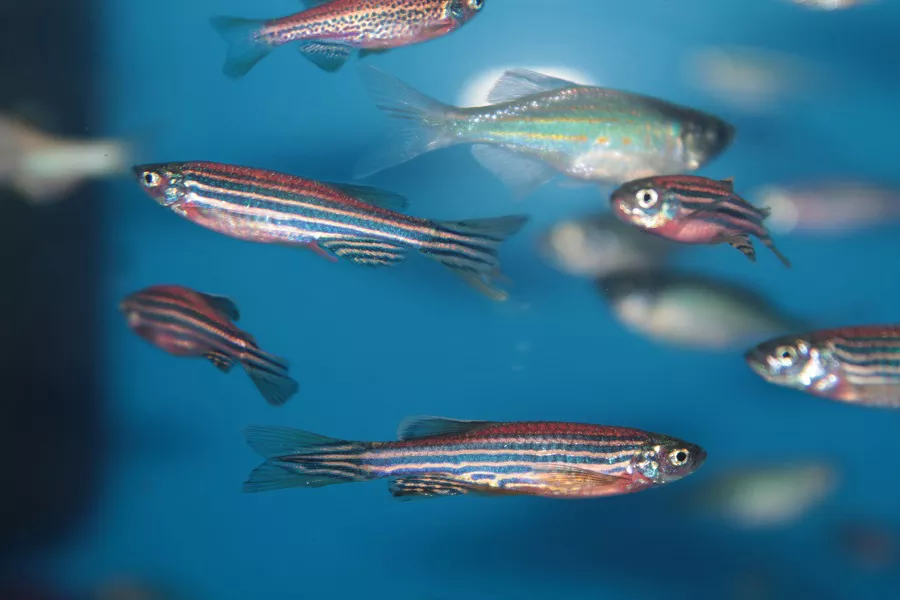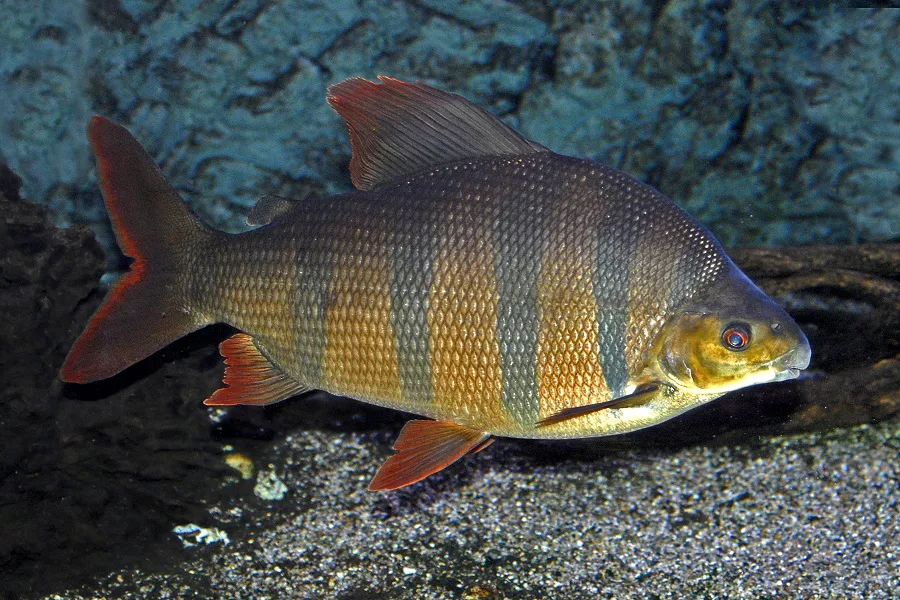What is siamese algae eater?
siamese algae eater, scientific name Crossocheilus oblongus (Kuhl et Van Hasselt, 1823). It is an ornamental fish of the cyprinidae, the subfamily of dace, and the genus of the genus Pseudomonas. It was brought to Europe in 1962 to be raised as ornamental fish. Can be mixed, will chase each other but not attack. This kind of fish is native to the Mekong River and other rivers in Southeast Asia. It is gray-brown, slender and oviparous, suitable for viewing. The fish is slender, grey-brown with distinctive black horizontal stripes. It can reach a maximum length of 15 cm (6 inches). Lifespan is more than 10 years. It is highly receptive to all kinds of bait, and is favored by grass tank players because of its ability to eat black hair algae.
What does siamese algae eater look like?
The fish is slender, grey-brown with distinctive black horizontal stripes
The fins of the small fish of 3~5cm are transparent or slightly milky white, and there is only one black stripe on the body, but as it grows, the body color of the fish will become more and more beautiful.
The color of the top of the adult fish is dark green, with a light yellow stripe in the middle, a black stripe running across the body just below it, and a silvery-yellow abdomen. All fins have yellow markings and the base of the dorsal fin is black
A pair of small, forward tentacles near the mouth, but they may fold towards the cheeks when swimming or resting
The black stripes extend from the nose to the fork of the tail, and the edges of the stripes are zigzag (zigzag). The black of this stripe fades noticeably when it gets nervous or fighting. The underside of the body is silvery white, with no bright streaks above the black, but the entire body is brown over the top and black on the edge of each scale, making it reticulated from above. Some black-edged scales may grow below the black stripes. It has a pair of small, forward tentacles that fold towards the cheeks when swimming or resting. In young fish, long black stripes are also easily seen, but the black-edged scale pattern and the black-striped zigzag edges are not clearly visible until it reaches 5 to 7 cm (2 to 3 inches) in length. . The length of the fish sold in the aquarium store is generally 3 to 5 cm (1 to 2 inches).
siamese algae eater living habits
Siamese algae eater, can be called the king of algae-eating fish. If he’s not spoiled by artificial diets, he has a special preference for the very dreaded Phyllodes and filamentous algae. It is best not to keep it alone, he is easy to hide and dare not come out. I really like densely planted grass tanks. PH: 7.0 H: 10 T: 25c L: 12cm V: 100L Omnivorous (algae), oviparous, suitable for aquariums with aquatic plants and sunken wood, can be mixed with small fish.
Make sure your aquarium has a good filtration cycle and make proper acclimatization before stocking it in the aquarium. I’ve found that the way the droplets adapt to the water is the best way. When any new fish is getting used to the new tank, take some water from the new tank very slowly and pour it into the basin with the new fish. In order for the fish to slowly adapt to the new environment.
siamese algae eater feeding
It is recommended to provide moderate water flow and densely planted aquatic plants to imitate the original ecological environment and improve the quality of the fish activity environment. siamese algae eater are well-known specialists in tank jumping, so it’s important to cap the aquarium. If the aquarium is custom-made, and the glass cover is accidentally broken and cannot be replaced, you can also resort to a large number of floating plants. This method is quite effective for preventing black-line flying foxes from jumping into the tank. You can put them in an isolation box for a few days to avoid jumping out of the tank while they are just bought and acclimated to the environment. As long as it is adapted to the environment, there is no problem with the cylinder body not being capped.


























